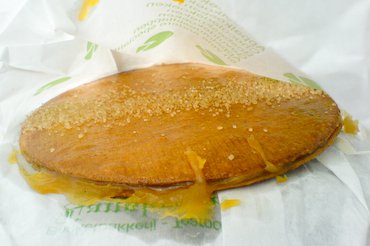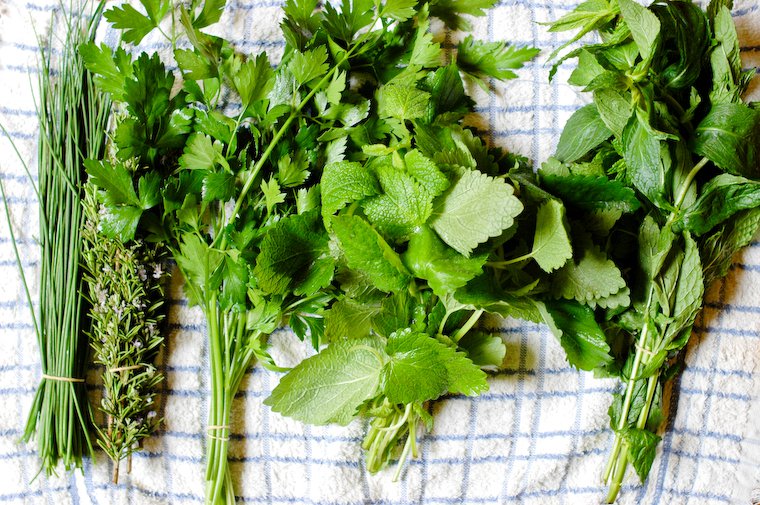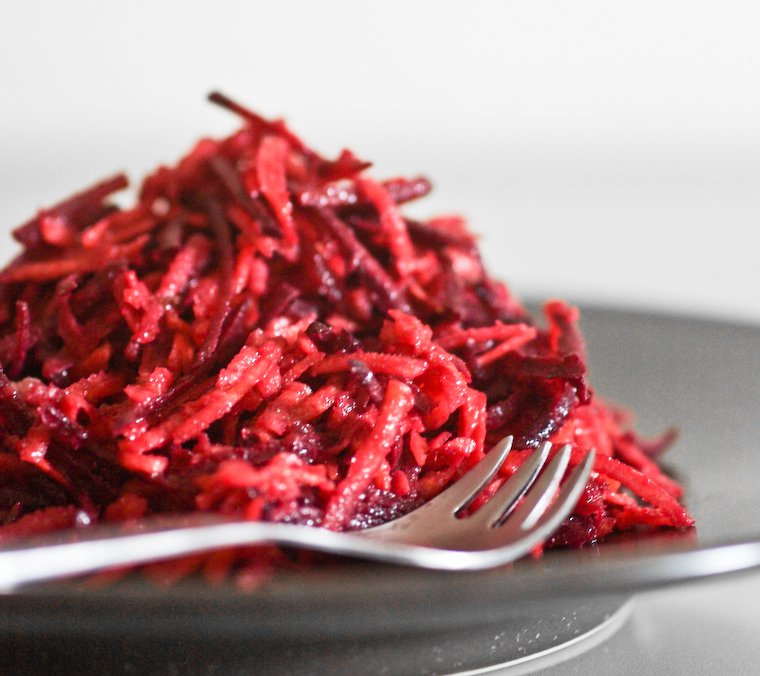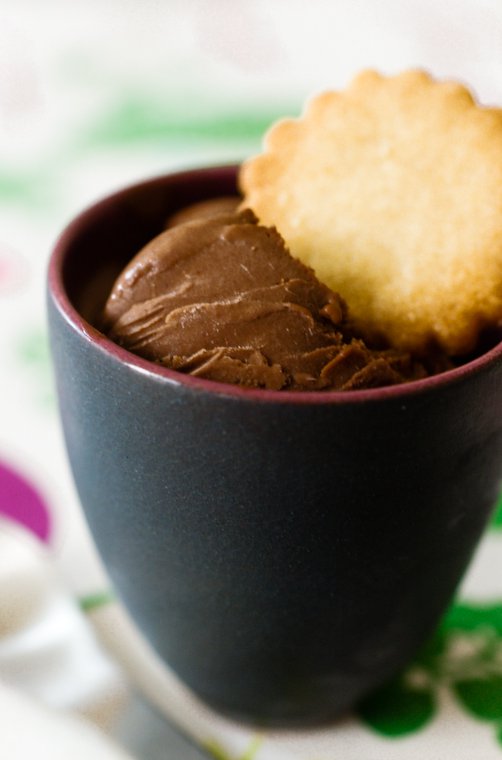
Our trip started in the most inauspicious of ways.
We could have taken the time, as we usually do, to drop by the bakery on our way to the Gare du Nord, where a train was to take us to Amsterdam in just! four! hours!, but no. Instead, we chose to get ten extra minutes of sleep, and thus found ourselves on the Thalys train at lunchtime, pushed towards the voiture-bar — the car where they sell drinks and snacks — by the complaint of our stomachs.
Now, train food is not supposed to be good, I am aware of that. But one expects it to be edible at least, and the styrofoam sandwiches we bought, which we were forced to order by the ludicrous name of ciabatta poulet, did not resemble anything anyone in their right mind would want to ingest: the one bite I took was the most revolting thing I have ever tasted. So yes, we love the Northern European high-speed train network, but we shall remember to pack our own lunch next time.
The prettier side of the coin, however, was that we arrived in Amsterdam in urgent need of nourishment, and that is a happy state to be in when you’re visiting a city, for hunger is the best of compasses. As soon as we’d dropped off our bags, we went back out again and happened upon a bright and cheerful café called Lunchroom Klavertje 4.
The various types of ham, cheese, and crudités in the refrigerated case bode well, so we sat down and ordered these opulent open-face sandwiches: a pistolet (Belgian-style white roll) with warm ham, Brie, and mustard sauce for Maxence, and for me, two slices of whole wheat bread groaning under a mound of huttenkaas (cottage cheese, which makes such perfect linguistic sense I’m tickled pink).
What this opening lunch hinted, and what subsequent meals confirmed, is that there is excellent food to be found in Amsterdam, food that is sparklingly fresh, prepared with care, and gently priced.







